Heading into the Amazon
Limoncocha Biological Reserve, an area of 28,000 hectare, and Yasuní National Park, a UNESCO Biosphere Reserve, are both located on the Napo River. Explore the area by booking a tour by boat and staying at one of the lodges along the river side.
With a humid climate year round, April and May are the wettest months in this region with August to October receiving less rain (so less mosquitoes), the boat ride on the milky-tea-coloured river will ensure a welcome breeze. You may spot the odd red flower, black vulture turkey or a hoatzin – a bird that looks like a tailless pheasant sporting a punk rock hairdo, and get a glimpse of bright orange flames from a rare oil refinery. Otherwise it’s greenery forever along both sides of the river, several hundred metres wide in places. The Napo can be little deeper than a paddling pool at times, with sandbanks forming islands mid-river.
As you journey along the river, guides may regale you with tales of missionaries murdered by never-before-seen tribes in remote areas of the Amazon and legends of battling Amazonian women. Hear of colonial Spanish explorers searching the Amazon for gold which supposedly lay at the bottom of a river. The gold apparently washed off El Dorado, a legendary king who was said to cover himself in gold dust, then wash himself in the river.
There is a small museum on the riverside between Coca and Limoncocha where artefacts such as spears, blowpipes, hammocks made from palm fibres and woven blankets can be seen. You’ll also learn about a number of Amazonian tribes.
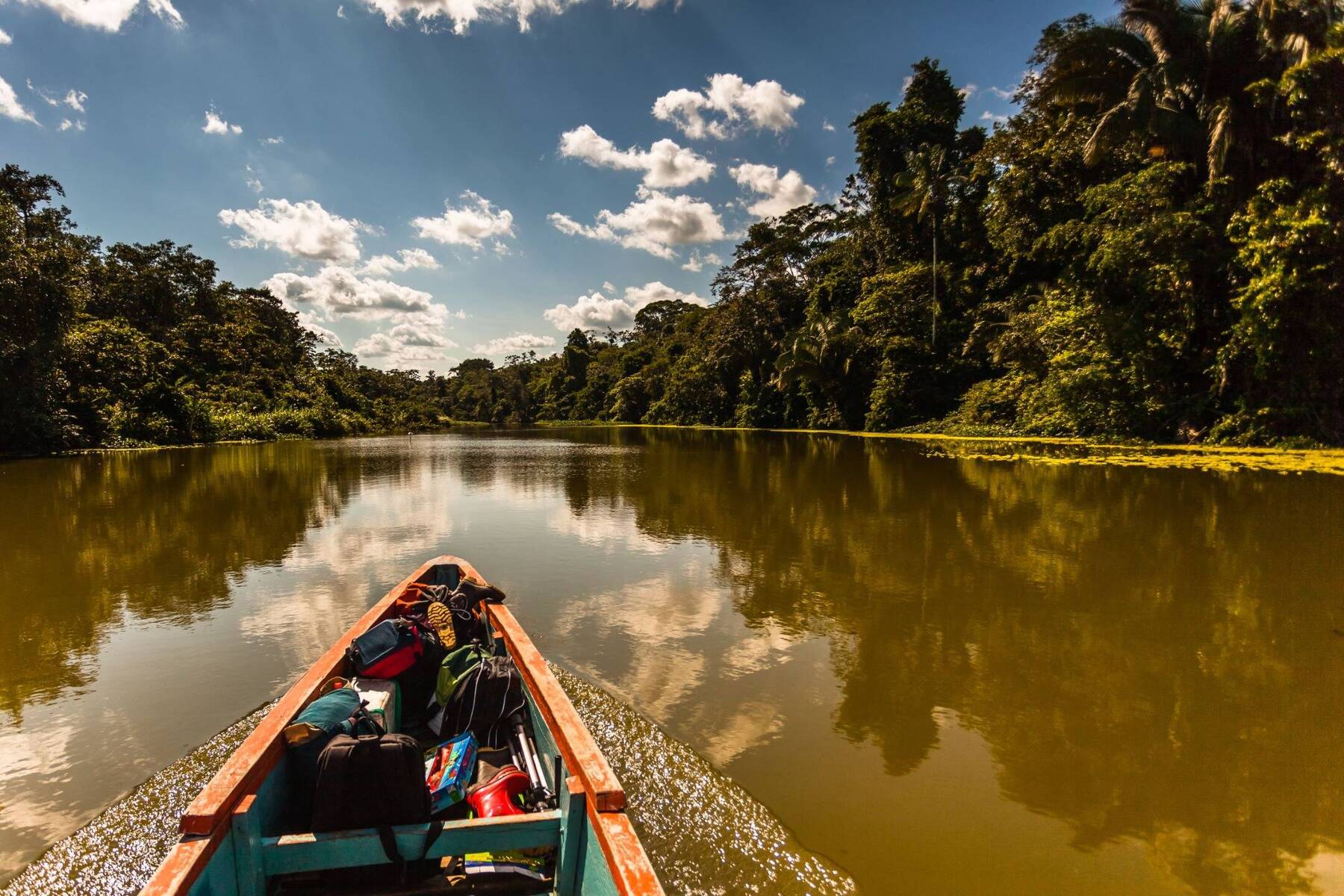
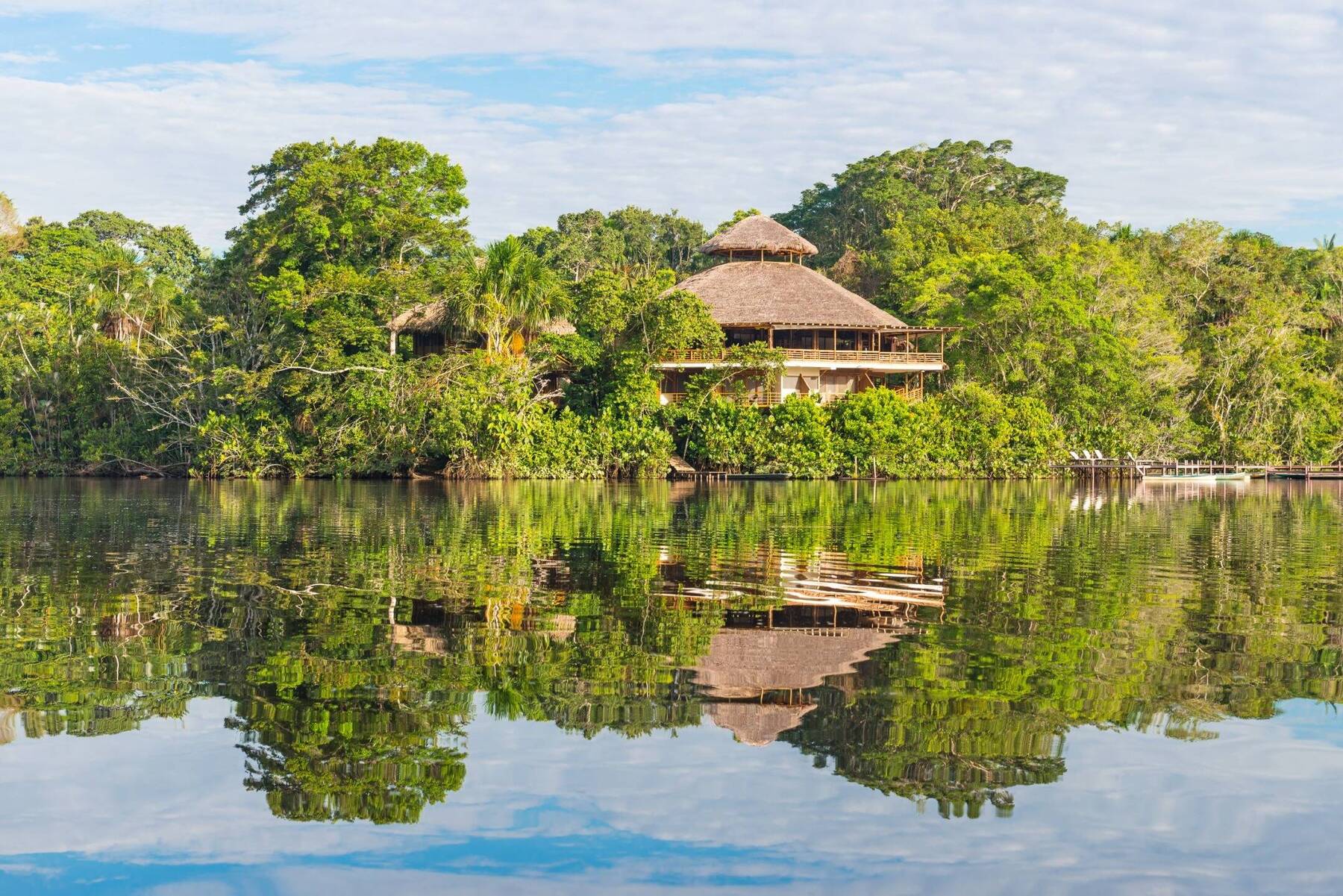
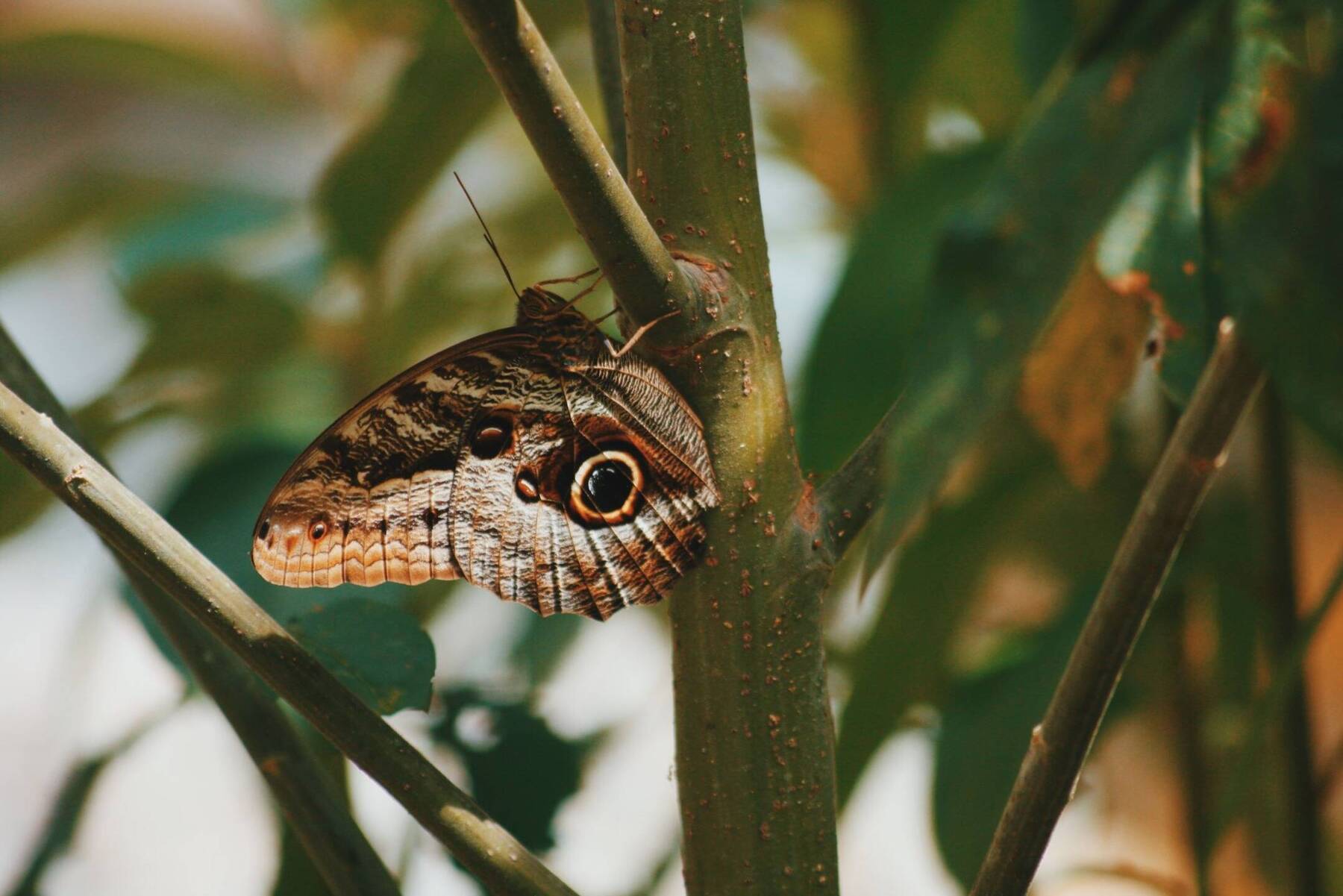
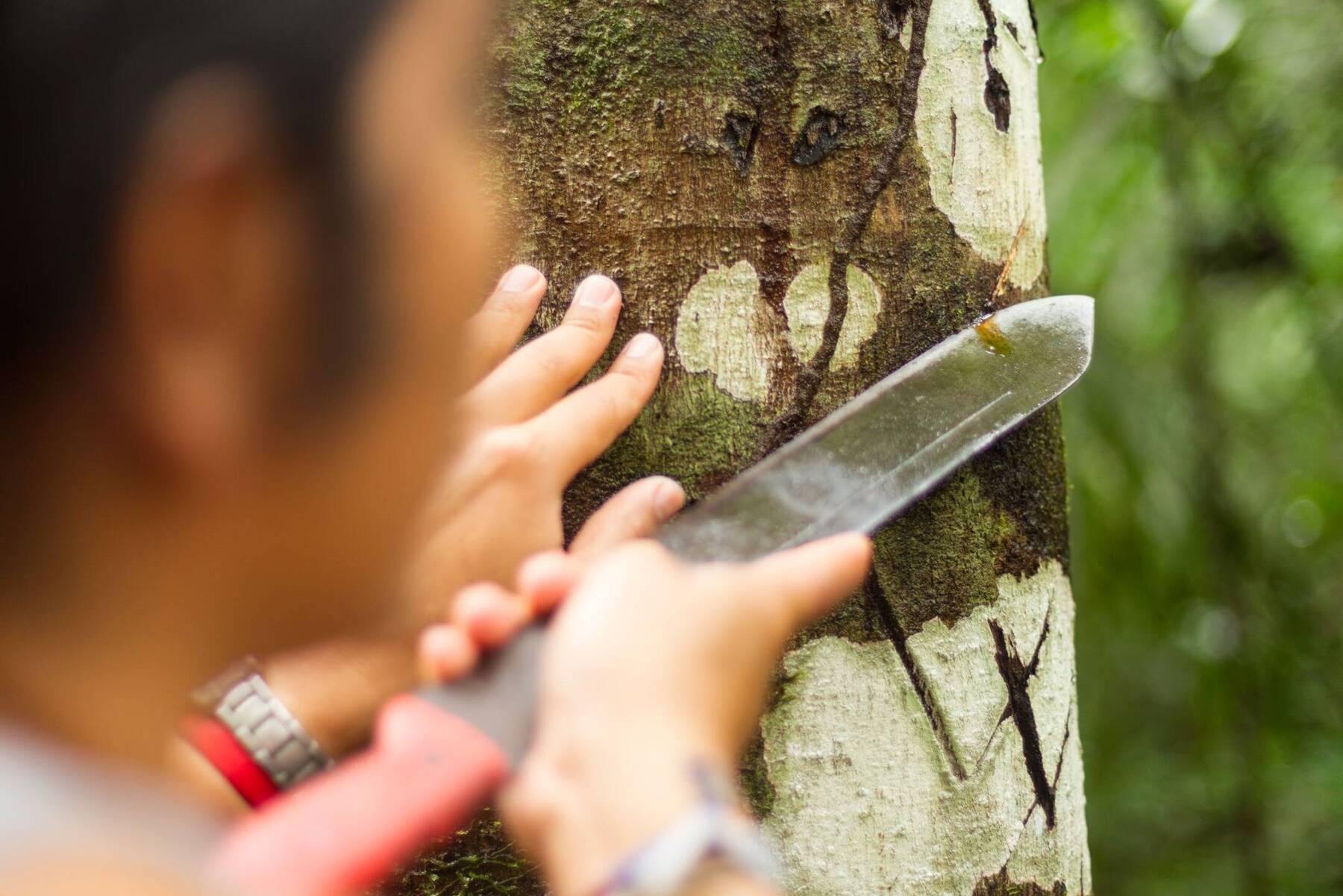
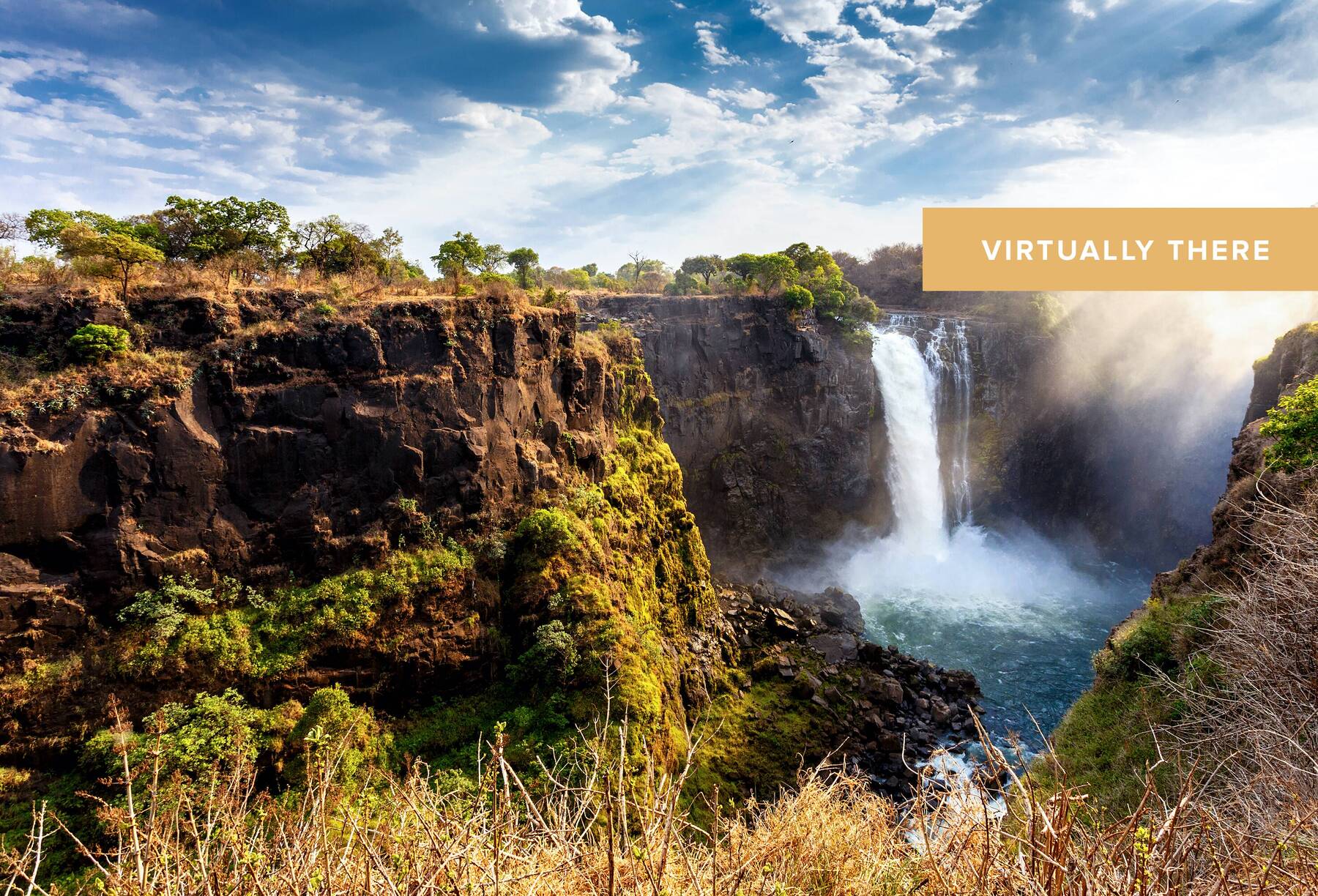

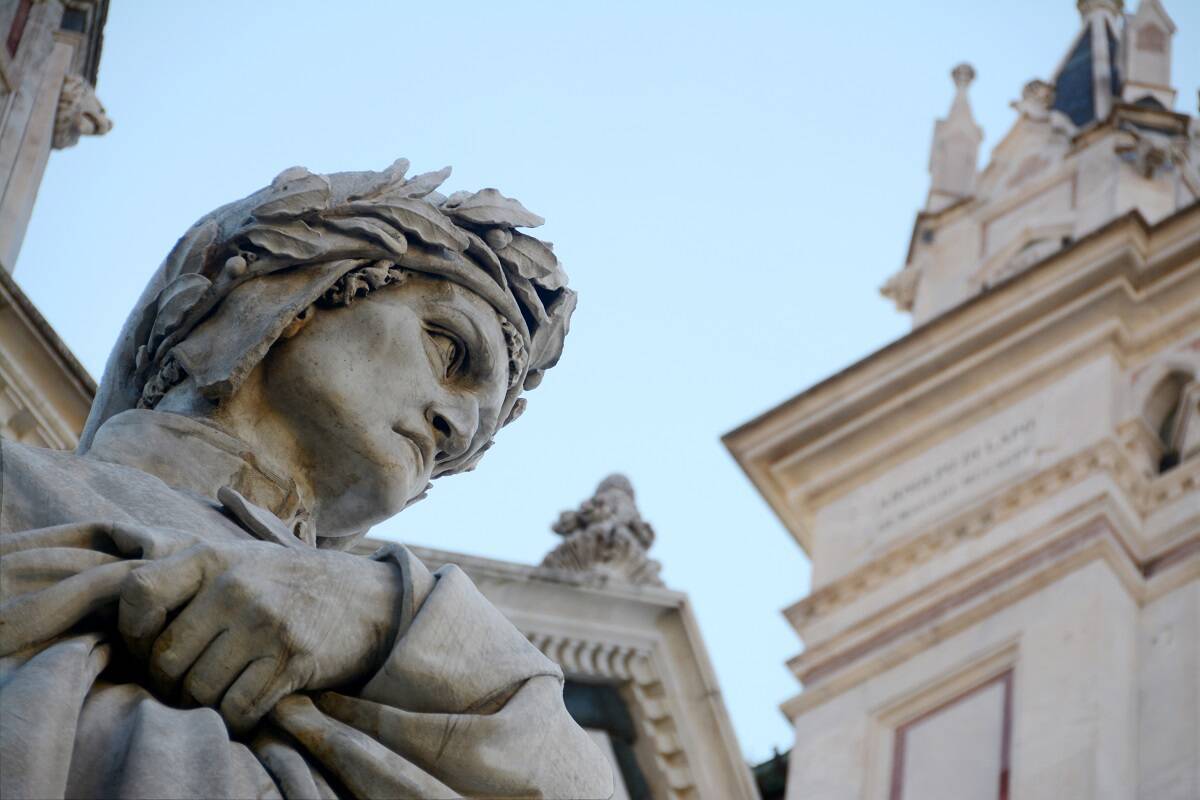

Comments